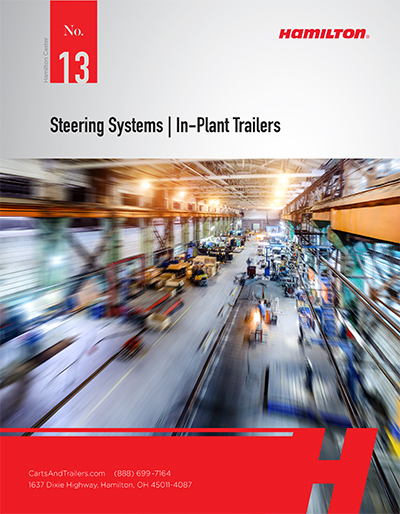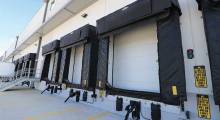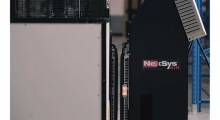When it comes to industrial trailers, there’s no one-size-fits-all. Many variables affect performance and cost—load size, wheel arrangement, deck size and steering type, to name a few. So how do you choose the right trailer for the job?
This handy Hamilton whitepaper breaks down everything you need to know, including:
- An overview of different steering systems, complete with a matrix that compares performance, handling, capacity and cost
- How load size, inclines, aisle width and environmental factors (e.g. rough floors, extreme temperatures, heavy debris) influence design
- Common everyday scenarios around maneuverability and safety concerns
Abstract
Industrial trailer applications come in many forms. The common use is efficiently moving as many parts as possible from one place in a factory or warehouse to another. It may well be thought of as internal logistics. Industrial trailers, and particularly trains of more than one trailer, often top any cost/benefit analysis. Yet the kind and arrangement of wheels and steering system can dictate success or failure in an application; there is no “one design fits all.”
Article topics









